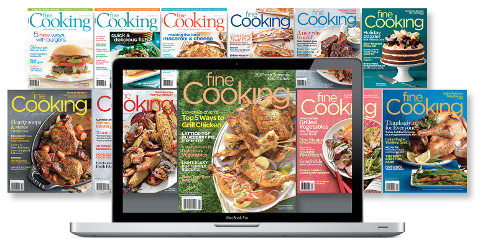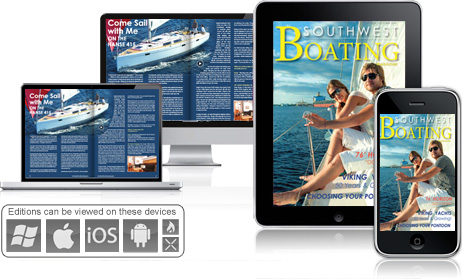There are many different app revenue models available for anyone involved in e-publishing and are looking to receive the best monetary return on their digital investment. Below are a few common examples which you can take into account during the consideration and planning stages of your app.
Free with advertising
With this option, an app would be free to download, and all content, features, and services remain open and accessible to all. Instead of relying on subscription revenue, the success of this model is dependent upon a smart in-app advertising strategy. Usually customers are inclined to download a free app with ads so long as the ads do not detract from the end user experience, so keep this in mind during the design and planning stage.Read more





